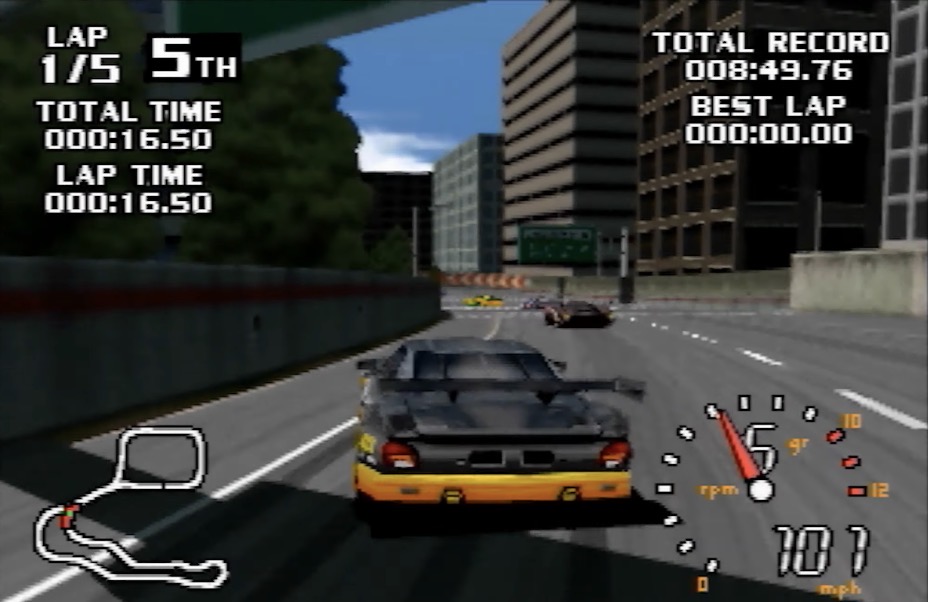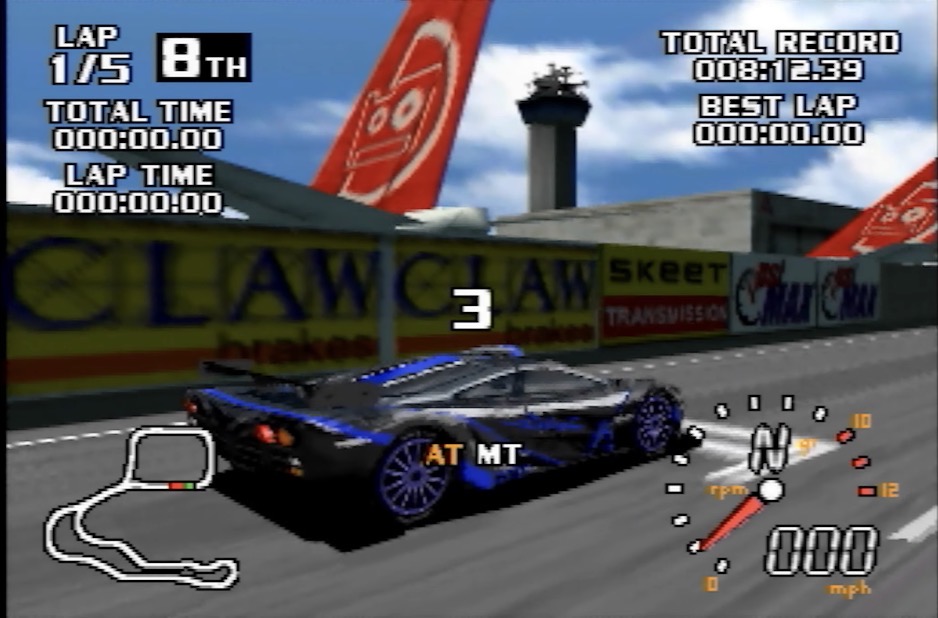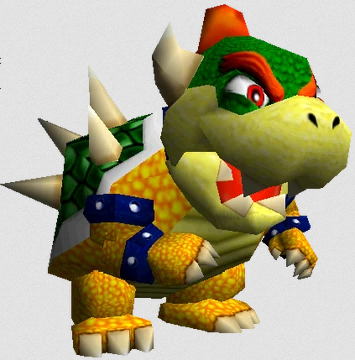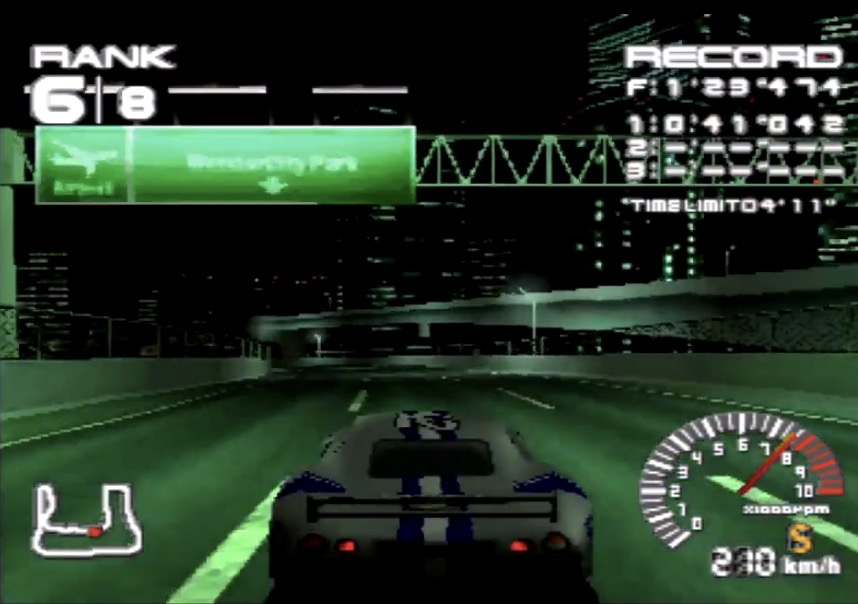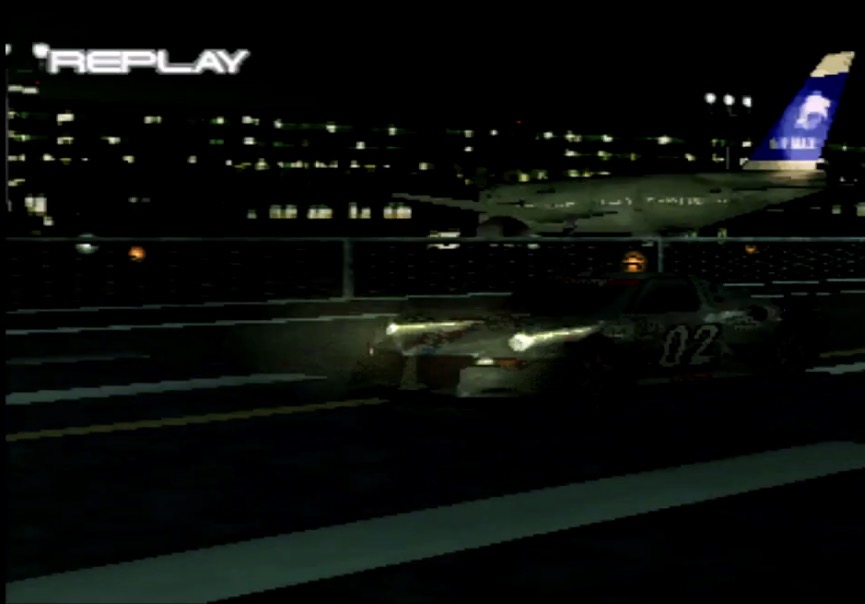Xaeroxcore666
Member
Eternal darkness on n64 was really interesting. Full 3d, no 2d background., bad quality video on the web. I remember at the time of the first video on ign that was awesome for the n64.
OMG! Didnt know there was footage of that! If released, it would have been on the top of graphical complexity not just on the N64, but all the 5th gen. Hope someday that material gets leaked to the public!


